
Oregon State Uni Alumni
#WomenInSTEM

book by @karenlloyd.bsky.social #usc_earth #usc_meb
www.nature.com/articles/d41...

book by @karenlloyd.bsky.social #usc_earth #usc_meb
www.nature.com/articles/d41...






www.sciencedirect.com/science/arti...

www.sciencedirect.com/science/arti...
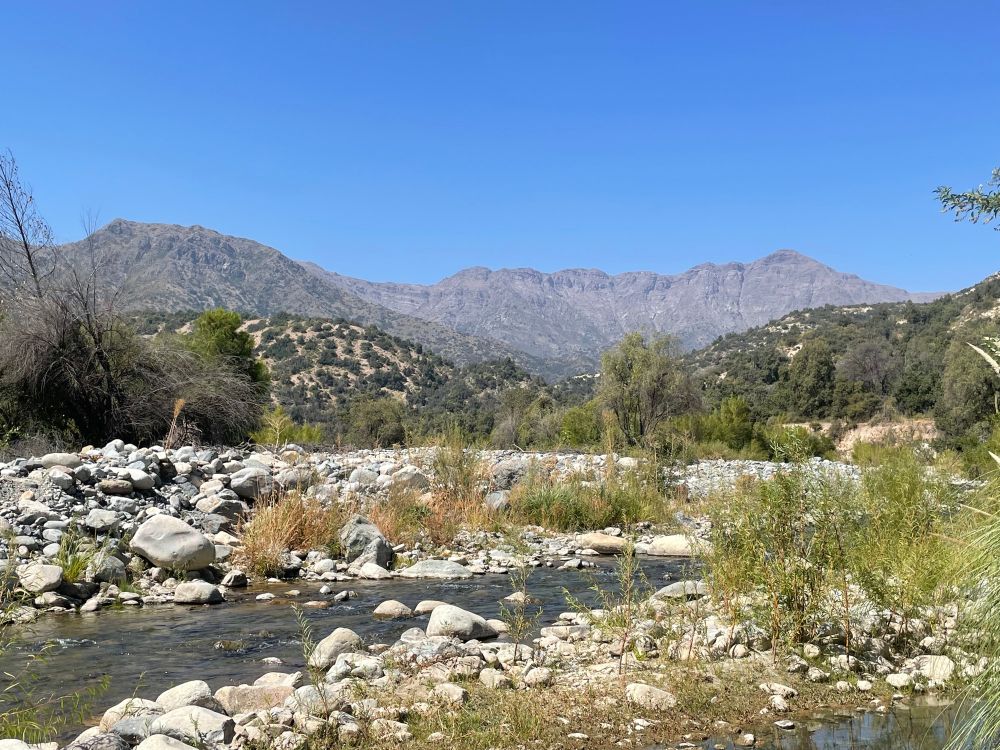


www.biorxiv.org/content/10.1...
New work from us where we put the Huc hydrogenase to work to see if it can generate a proton motive force. It can!
cc: @ashleighkropp.bsky.social @rhyswg.bsky.social @greening.bsky.social
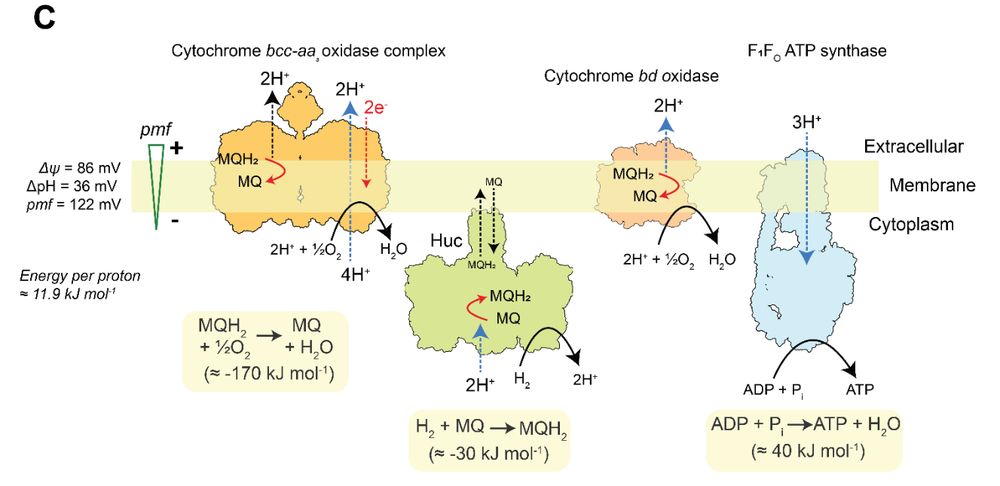
www.biorxiv.org/content/10.1...
New work from us where we put the Huc hydrogenase to work to see if it can generate a proton motive force. It can!
cc: @ashleighkropp.bsky.social @rhyswg.bsky.social @greening.bsky.social


@cp-trendsmicrobiol.bsky.social Opinion by @jhuisman.bsky.social, Andrina Bernhard and
@claudiaigler.bsky.social
www.cell.com/trends/micro...

@cp-trendsmicrobiol.bsky.social Opinion by @jhuisman.bsky.social, Andrina Bernhard and
@claudiaigler.bsky.social
www.cell.com/trends/micro...
https://buff.ly/4gwdYUJ
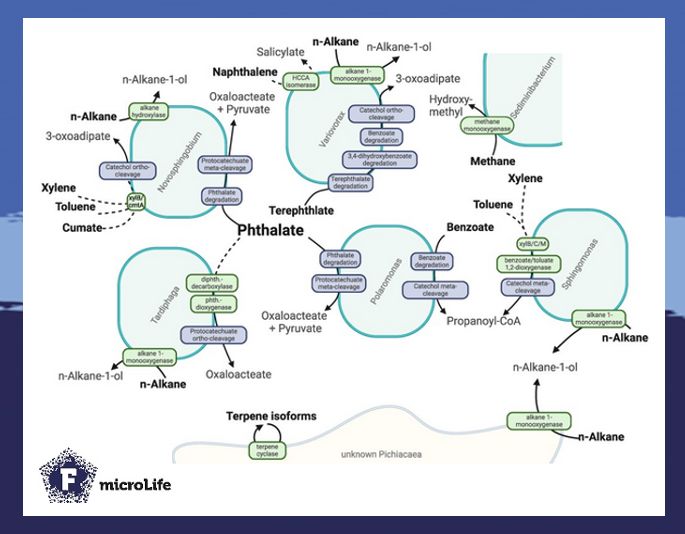
https://buff.ly/4gwdYUJ


www.nature.com/articles/s43...
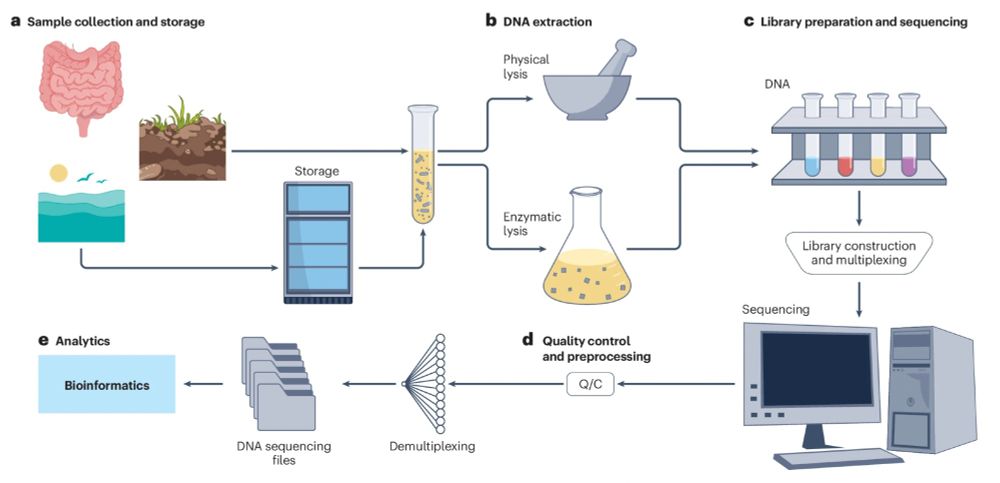
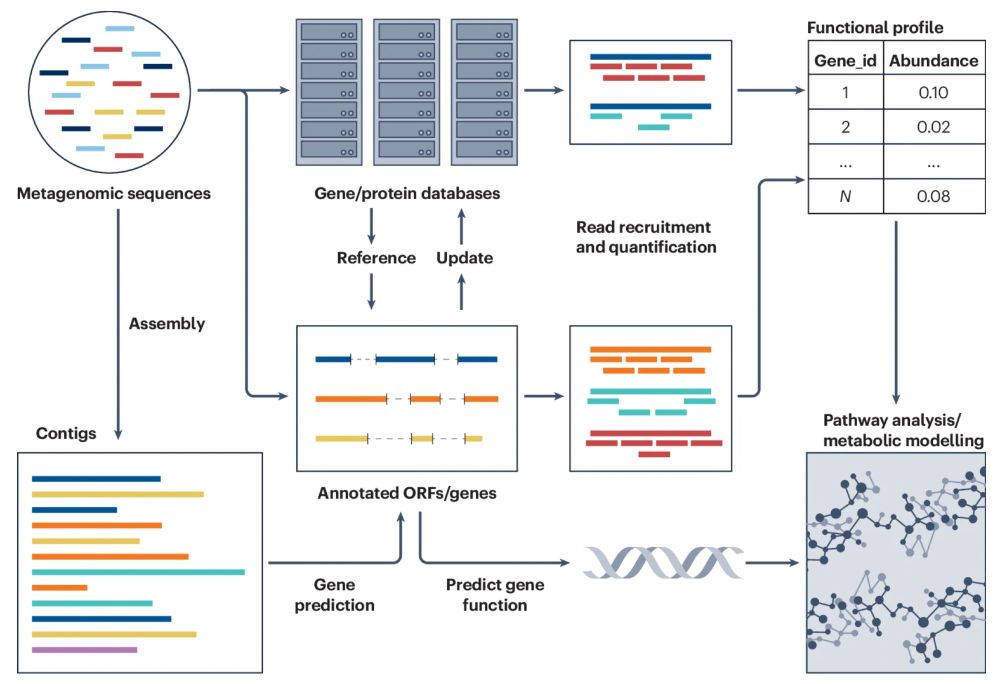
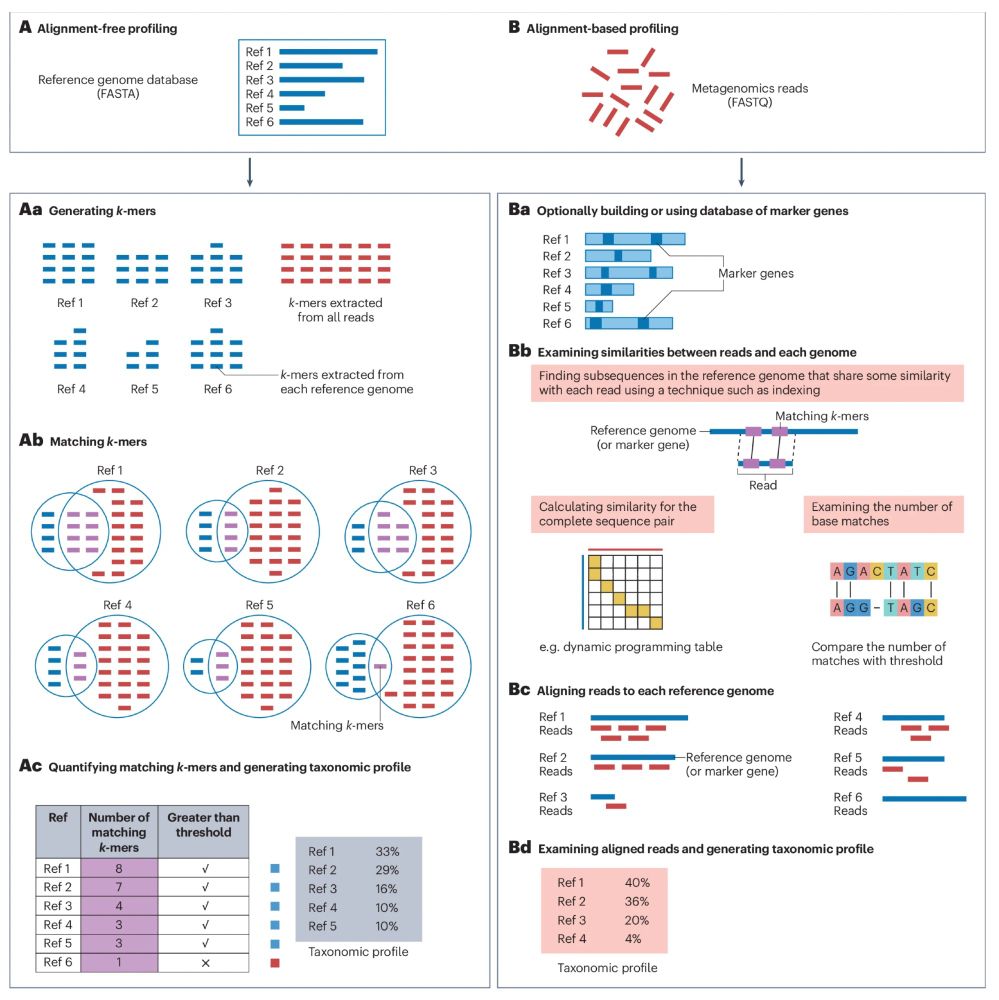
www.nature.com/articles/s43...

